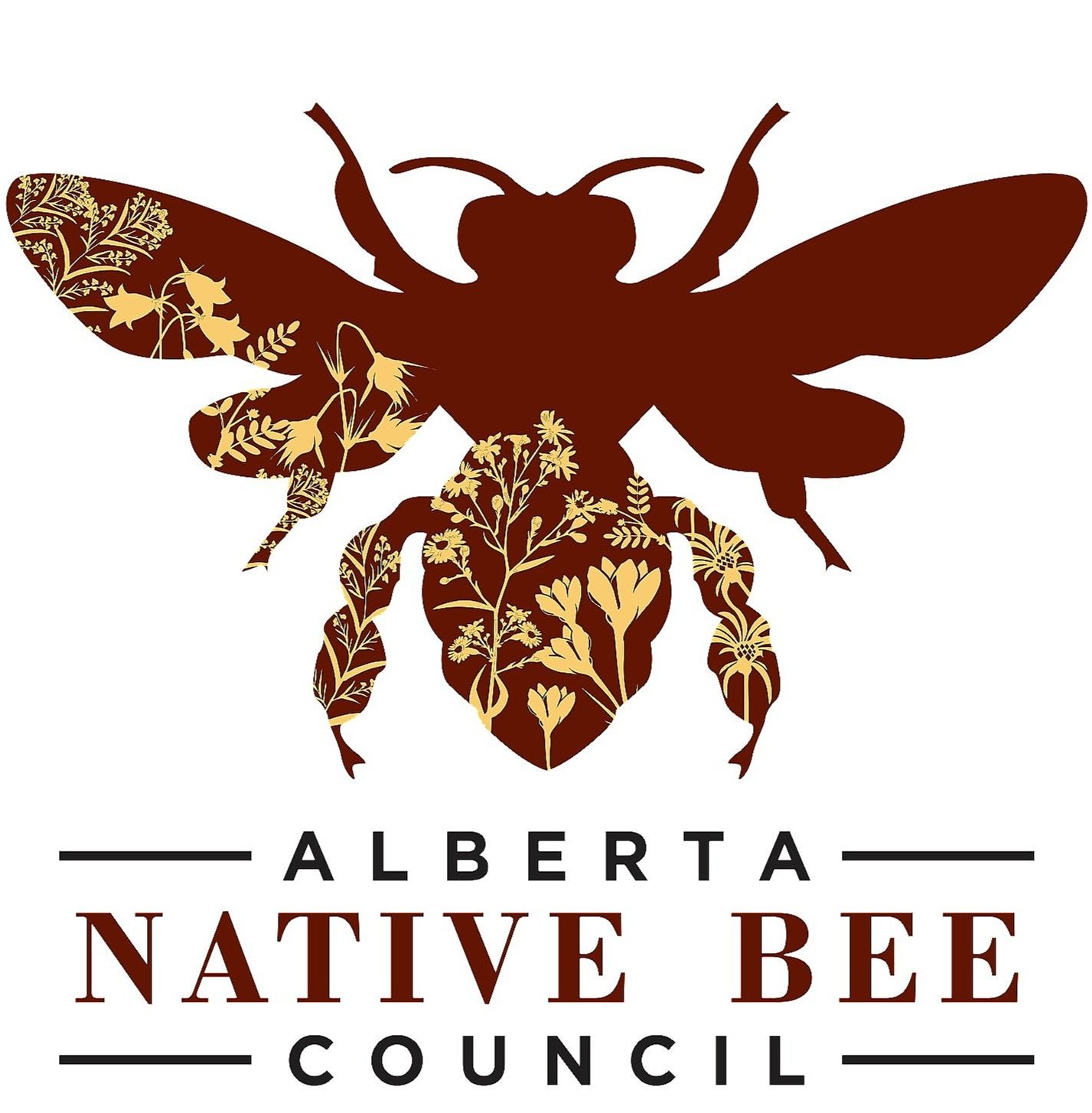Photographing Bumble Bees — and Making it Count!
By Tobyn Neame
Those of us who study insects are often sent blurry photos with the question, “What is this?” Many of us get a great deal of joy when we are:
recognized as someone who might know what the blur is, and
able to test our ID skills against the blur.
One of my major accomplishments is that I once correctly identified leafcutter bees from a picture of a lawn chair and a description of, “These bugs are flying away with peas!” While I get a lot of these requests, the most common photo I get sent is one of bumble bees.
The fascination people have with bumble bees is warranted. For us in the prairies, they are the closest thing we have to charismatic mega insects. Although, like all insects, they still face a disproportionate lack of understanding compared to other animals, especially vertebrates. However, what I’ve noticed, from having daily photos sent to me, is that people want to know about bumble bees. So I've set out to create a guide that would give people the tools they require to identify bumble bees on their own, and the information to up their bumble bee photography game.
In 2021, I published the first version of Bumble bees of Calgary: A key and illustrated guide for identification of the bumble bee species found in Calgary, Alberta with my coauthors and collaborators. In 2023, we published version 2 with updated data. While we focused on just Calgary for the guide, there is, of course, no physical border separating the bees in Calgary from the rest of Alberta. Much of the information in the guide is relevant throughout the province. Along with species profiles is a section on how to photograph bumble bees. If you want to read the guide, it’s free online. I will cover the photography basics here for all you supporters of native bees.
Photographing bumble bees to identify them requires nothing more than a decent phone camera, flowers, and some time and patience. It’s best to take pictures of bumble bees while they’re visiting flowers because knowing what plants bees interact with can tell us about their foraging habits and preferences. This information can help guide projects restoring native prairie and building pollinator gardens. It’s also much easier to take pictures of a bumble bee that is “lost in the sauce” of a flower than one that is speeding past you to get back to its nest. As for the photos themselves, you should make sure to get pictures from multiple angles with lots of features of the bee in focus. Getting all the best angles may make you look like a bee paparazzi to passersby, but this is something you will have to accept. The front of the head, top and sides of the abdomen, legs, and top and sides of the thorax are all important features to have in focus, which is difficult in a single photo. Getting many pictures is key.
Above: an excerpt from Bumble bees of Calgary: A key and illustrated guide for identification of the bumble bee species found in Calgary, Alberta describing the angles needed for best photographing bumble bees. Also, notice the willow (Salix sp.) flowers this bumble bee (Bombus cryptarum) was visiting!
Once you have the photos, you can send them to your local entomologist, or better yet, upload them to iNaturalist. Adding your observations to projects, like the Calgary or Edmonton Pollinators projects from the Alberta Plant and Pollinator Community, contributes to ongoing research. Having photos of bumble bees on the flowers they visit can inform researchers of many things such as where and when certain species emerge, range shifts from climate change or urbanization, and foraging preferences. This information is vital when trying to conserve endangered bumble bees - like Bombus bohemicus — or boost ecosystem services like pollination for food crops
Ultimately, I love getting photos from people asking for identification — but what I love more is people knowing about and caring for prairie bumble bees and their ecosystems.

